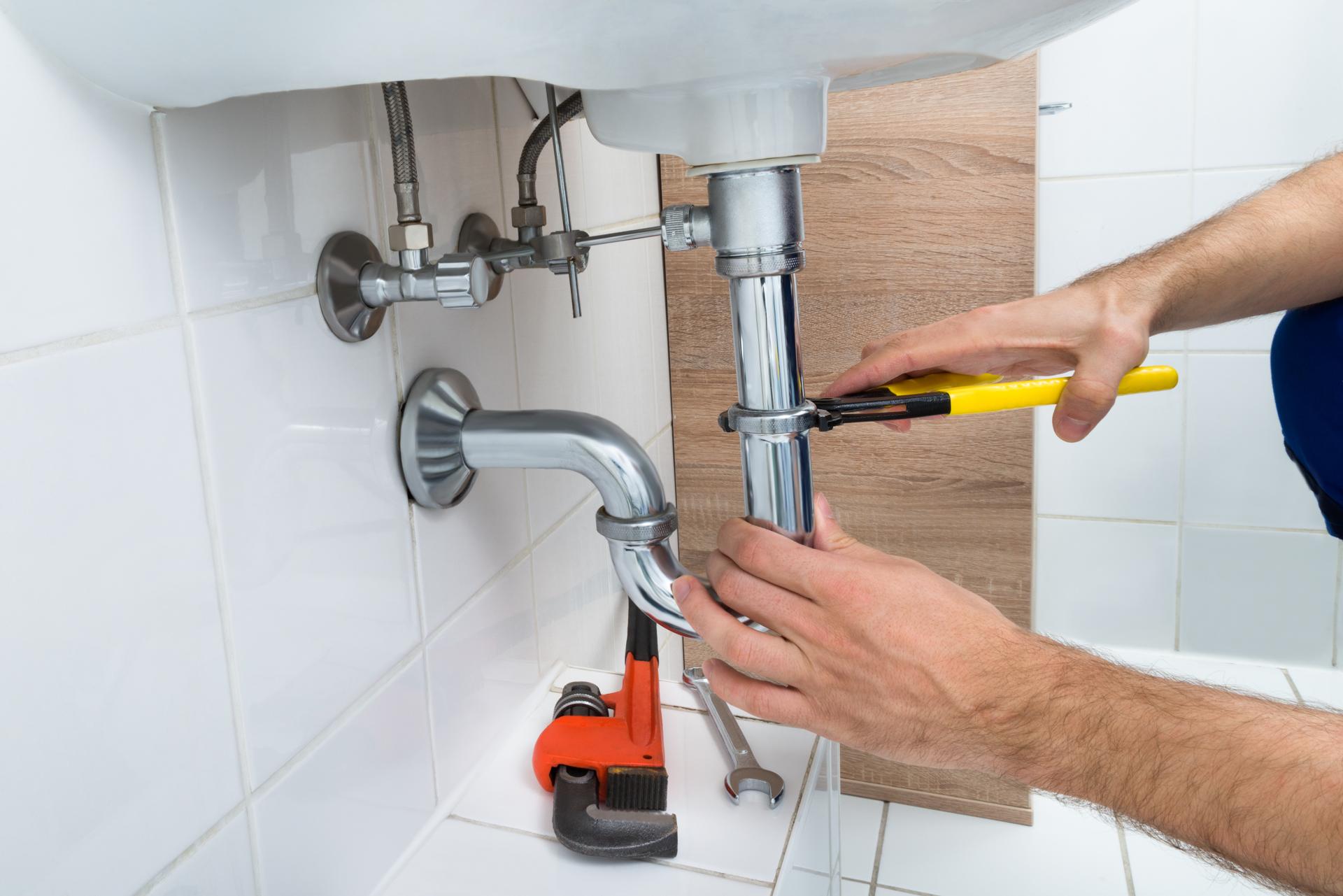When it's Time to Replace Your Plumbing and What You Should Anticipate

Plumbing is an integral part of every home, providing us with clean water to drink, cook and cleaning, as in the process of disposing of wastewater. However, like any other system in your home, plumbing will eventually wear out and require replacement.
Being aware of when it’s time upgrade your plumbing crucial to prevent costly repairs and avoid potential health hazards. We’ll talk about the indicators that show that your plumbing is in need of being replaced, what you should consider before replacing your plumbing, the plumbing replacement process as well as the benefits of replacing your plumbing, and a FAQ section to address any concerns you might have.
There are signs that it’s time to Replace Your Plumbing
There are a variety of indications that your plumbing needs to be replaced, including: Leaks When you notice water spots or puddles in your house, it’s a indication of a leak in your plumbing. Leaks can cause serious damage to your home’s structure and may lead to mold growth, so it’s essential to address them promptly. Rust: Rusty pipes are evident that your plumbing needs to be replaced. Rust could contaminate your water supply and make it unsafe to drink or cook with. Low pressure in the water: If your showerheads or faucets are producing weak water flow It’s an indication of low pressure in the water that can be caused by corrosion of pipes or blockages. Water discoloration: Discolored water, such as yellow or brown, could be an indication of rust or sediment buildup in your pipes. This could affect the taste and the quality of your water. It could also suggest the need for the replacement of your plumbing.
Factors to Consider Before Replacing Plumbing
Before replacing your plumbing, there are a variety of factors to consider, including the age of your plumbing system: Plumbing systems are designed to last about 50 years. So should your home be more than this, then it’s likely time for a replacement. Cost of replacement replacing your plumbing could be expensive, so it’s essential to budget for the cost. Severity of plumbing problems If the plumbing issues are serious and affect multiple parts of your house, replacement may be the best choice.
What can you expect during the Plumbing Replacement Process
The replacement of plumbing requires many steps, such as shutting off your water source: Your plumber will need to shut off the water supply to your home to prevent any leaks or water damage. Remove old pipes The old pipes will have to be removed, which may require cutting into walls or floors. Installation of new pipes New pipes are installed, which may require rerouting to ensure proper water flow. The timeline for the replacement of plumbing will be based on the size of your property and the complexity of the task. Homeowners should expect disruptions throughout the process, such as water shut-offs, and possibly destruction to floors and walls.
Benefits of Replacing Plumbing
Replacing your plumbing offers several benefits, including increased water efficiency new plumbing pipes and fixtures have higher efficiency, reducing the amount of water you use and decreasing the cost of your utilities. Improved water quality by replacing the old pipes that are corroded with new ones will improve the water quality, making it safer for drinking and cooking. Lower risk of plumbing problems: New plumbing is less likely to develop obstructions or leaks, which reduces the need for expensive repairs in the future.
Conclusion
Replacing your plumbing is a major investment, but it’s essential to ensure your home’s safety and security. When you are aware of the signs that suggest your plumbing needs to be replaced, taking into consideration the elements that influence replacement and knowing what you can expect from the replacement process, you can make an informed decision regarding the plumbing of your home. Be aware that replacing your plumbing can provide a variety of benefits, including increased water efficiency, improved water quality, and reduced the chance of having plumbing problems in the future.
FAQ Section
What is the cost to replace plumbing?
The cost to replace your plumbing will depend on a variety of factors, including the size of your home and the difficulty of the job, and the materials used. On average, homeowners should expect to spend between $5,000 and $10,000 for a complete plumbing replacement.
How long will it take to replace plumbing?
The timeline for plumbing replacement will be contingent in the area of the home and the difficulty of the task. In general, a complete plumbing replacement could take from two and four weeks.
Should I replace my plumbing if there’s a leak?
If you have a single water leak within your pipes system, it may not require a full replacement. If you’re experiencing multiple leaks or observe other indications of plumbing issues, a replacement might be the best solution.
Do I have the ability to replace my plumbing myself?
Replacing your plumbing is a complicated task that should be delegated to an experienced plumber. Attempting to replace your plumbing yourself can result in costly errors as well as safety hazards.
What kind of pipe will I need to replace my plumbing?
There are several types of plumbing pipes for replacement, such as copper, PVC and PEX. Your plumber will recommend the most suitable type of pipes based on your particular requirements and budget. To conclude, changing your pipes is a crucial decision that should be made with care. If you are aware of the indicators that tell you that your plumbing is in need of replacing, weighing the factors before replacement, and knowing what to expect during the replacement process, you can make an informed decision regarding your home’s plumbing. A skilled plumber will guide you through the process to ensure the success of your plumbing replacement.
